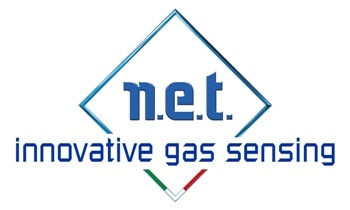Wikipedia describes the idea of ‘fail-safe’ in engineering as, “a design feature or practice that in the event of a specific type of failure, inherently responds in a way that will cause no or minimal harm to other equipment, the environment or to people.”
Uses of Fail-Safe Systems
Put simply, a fail-safe system aims to avoid circumstances in which an issue that stops the system itself from being able to carry out its safety function is not detected. In the area of gas detection, where the lives of workers and safety of property are consistently at stake, this is, of course, vitally important.
A sensor which does not alert to its failure could result in the non-detection of an alarm condition with possible severe consequences, which leads to the requirement of frequent, perhaps even daily, bump tests on gas detection technologies that do not have built-in fail-safe support.
Aside from progressive wear and tear, the most common cause of sensor failure on technologies such as Metal Oxide Semiconductor (MOS) and Catalytic (or pellistors) is contact with inhibitors and poisons, which trigger the sensor to enter a condition which is not responsive to the target gases.
Advanced Dual-Beam/Dual Detector Infrared Sensors
In contrast, dual-beam/dual detector infrared sensors, including N.E.T.’s IRNET, IRNEX and IREF, offer a fail-safe method to sense when a fault condition occurs. Potential causes for failure in IR technology are the failure of the transmitter or the receiver components.
Since IR detectors are immune to poisoning, the sensor would only be prevented from showing an issue by a physically blocked gas inlet.
Below are a number of the potential functioning conditions of an average IR sensor.
.jpg)
As demonstrated here, the dual-beam/dual detector redundancy also assists in lessening the impact of signal drifts, which enables calibration cycles of one year. Furthermore, N.E.T. sensors give off a warning status in the event of the IR signal level becoming too weak.
Fail-Proof Nature of IR Gas Detection Technology
Thanks to the fail-proof nature of IR gas detection technology, alongside the sturdy hardware and firmware design, N.E.T.’s range of IRNET, IRNEX and IREF are the sole sensors currently available which have reached a certified Safety Integrity Level (SIL) of SIL2 according to EN 50271.

This information has been sourced, reviewed and adapted from materials provided by Nano Environment Technology (N.E.T).
For more information on this source, please visit Nano Environment Technology (N.E.T).